It feels like a miracle to even be writing this. After countless budget cuts and tax write-offs that Netflix inflicted on their animation projects, getting a new series/season of Castlevania feels like the end of a nightmare. It’s great to see one of my favorite shows return with a brand-new story, and it’s based on my favorite Belmont of them all. I binged all eight episodes in a single sitting. Now it is time to recap, break it all down, and see how it holds up compared to the previous series and its source material. Our review of Castlevania: Nocturne.
Spoiler warning.
A quick little recap.
The original Castlevania series ended with Trevor Belmont and Syphas in a romantic relationship. Dracula rescued Lisa from hell and eloped for a peaceful life together. Castlevania: Nocturne picks up 300 years later, in 1792, during the French Revolution. From the first episode, the events of the original series don’t connect to this new story. Dracula is nowhere to be seen. In his stead, a new vampire reigns to be the Vampire Messiah. From Castlevania Bloodlines is Erzsébet Báthory, Dracula’s niece. Alongside her is Drolta, reimagined from an old witch now as her vampire underling.
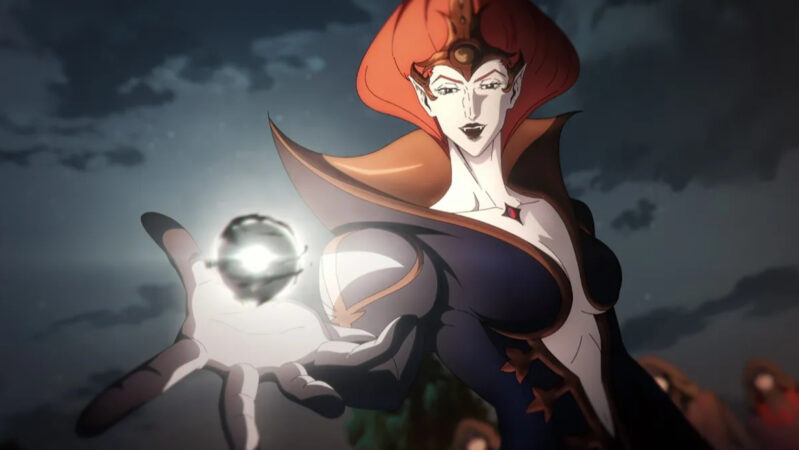
This already feels puzzling because these characters didn’t appear in the original Castlevania timeline until 1897.
As for other characters…
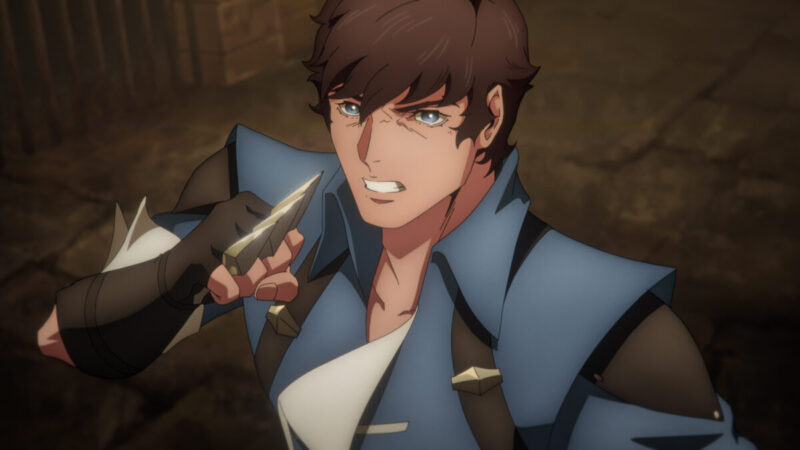
Richter Belmont is introduced first as a child sent away from Boston during the American Revolution. His mother wants to keep him safe. On the night he’s on board the ship, he witnesses his mother murdered by a vampire of Aztec descent. This vampire allows Richter to live but promises to find him one day when he’s an adult and kill him then. Richter flees to France and lives with Maria Renard and her mother. The rest of the series depicts him as a PTSD victim who struggles to regain his confidence and prowess for vampire slaying until almost the final episode.
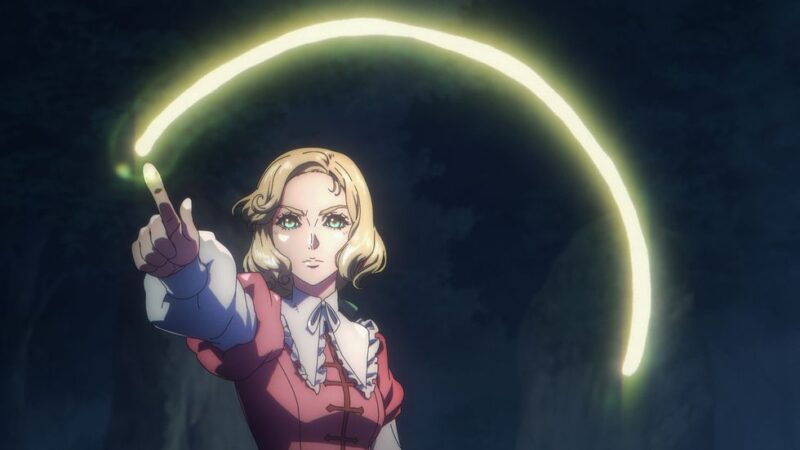
Maria was a delightfully cheerful child with a talent for summoning magic in the games. No further detail. In Castlevania: Nocturne, Maria is now reimagined to be a hot-headed teenager leading part of the revolution. Her primary political view is to rally the local villagers and storm the Palace of Versailles to kill all the vampires hoarding wealth from the country, bleeding everyone into starvation.
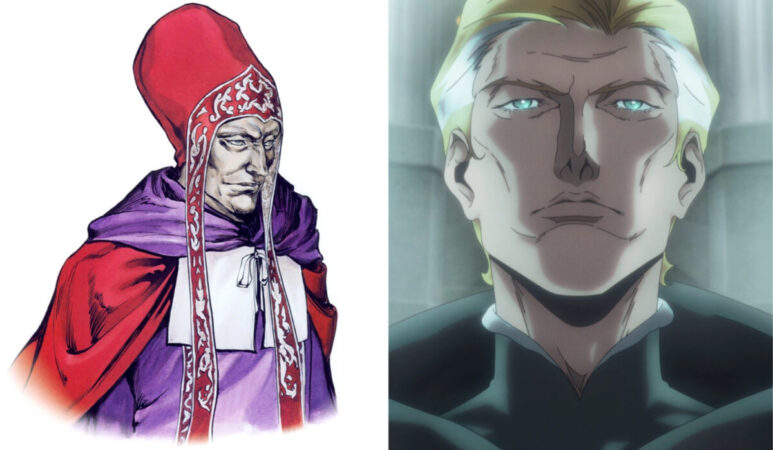
Those who played the game Rondo of Blood will remember Dracula’s dark priest, Shaft. In this series, he’s gone. There is no Cult of Dracula. Instead, on the opposite side of the political conflict is an original character named Emmanuel. Emmanuel is a highly regarded Christian priest who dislikes the revolution for fear that it will end his religion. To combat this, he allies himself with the vampires to eradicate them.
This is where everything falls apart.
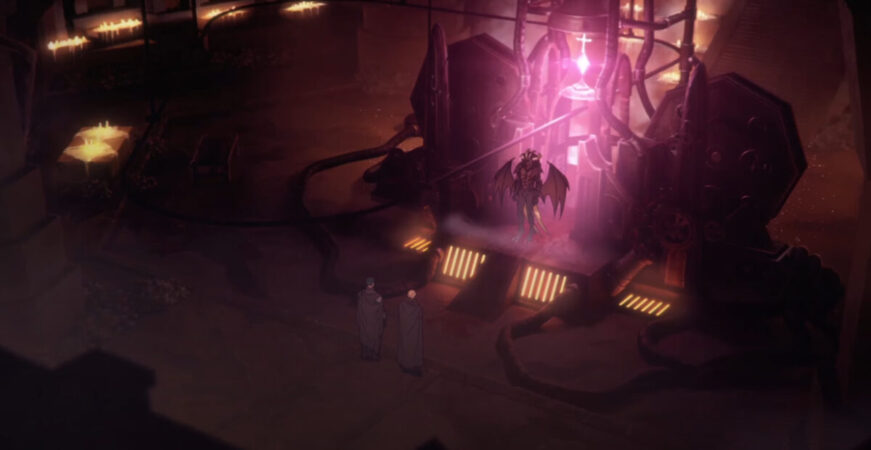
Emmanuel’s character is the most noticeable crack in the mirror. It makes no sense for a god-devoted priest to ally himself with vampires. In addition, the town’s folk, including Maria and her mother, hold him in good faith and high praise for being a charitable man. Given his reputation, he seemingly has no reason to believe that Maria’s fraction would threaten his church. The aristocrats are all vampires. If anything, he should be fighting with the revolution. Yet he goes so far as to use the art of “forgemastery” to summon demons from hell and make his own army. So why even enlist the help of vampires at all? This would have been excusable if his role as a priest was a disguise, but it isn’t. Castlevania: Nocturne depicts Emmanuel as an honest believer to the very end. It’s confusing and, frankly, illogical.
In addition, some of the demons don’t obey him. This directly retcons lore and major plot devices established in season three of the original series.
Historical Accounts? Almost None.
With a strong lean into historical fiction, I hoped this show would have delved into the actual events of the French Revolution. Sadly, they don’t. Historical archives recount the revolution as a time of mass murder, public executions, famine, disease, and poverty. Yet, most of the time, characters are seemingly well provided for, have food on the table, and live in a clean city. Castlevania: Nocturne takes place in the year King Louis XVI and Marie Antoinette are dethroned. Yet, no one mentions these two historical figures at all. There’s not even a single scene with a guillotine.

The closest we get to any historical accounts is with Annette. She is Maria’s older sister and Richter’s girlfriend in the original games. Shaft kidnaps Annette and bewitches her into a lesser vampire. Dracula wants her as his new bride. In Castlevania: Nocturne, she is reimagined to be a slave for the French colonists of Haiti until 1791. Once she awakens to magical powers inherited from African gods, she helps rally the slaves to murder their vampire masters. Thus began the Haitian Revolution. I don’t mind this story detail. In fact, I loved it. I appreciated getting even the tiniest bit of historical events taken into account.

My only issue here is that Annette changes so much from what fans always recognized her as that, at this point, it made no sense to give this character her name. This character should have been an original character instead of a race-swapped reimagining. At some point, the audience doesn’t need a race-swapped character to take an interest.
Black people deserve accurate representation from characters who stand on their own merits, not riding their white counterparts’ coattails. It’s unfair to the audience who fell in love with this rendition and to those who loved Annette the way we first met in the games. Furthermore, it subjects Castlevania: Nocturne’s version to be dismissed as “Black Annette” instead of the audience giving her a fair chance she’d have with a different name.
Final Verdict?
It has its moments. It’s gruesome, seductive, and full of action. The animation is brilliant, possibly better than any previous season. Visually, it’s everything we’ve come to expect from the Castlevania team. However, because this story diverged from the source material so much, it feels like someone wrote a half-assed fanfiction as a screenplay. Castlevania: Nocturne’s rendition of every character feels foreign compared to what we came to love from the original games. And those who know their real-world history will find the depiction of France so lackluster and barren. Combined with the number of plot holes and inconsistencies, it becomes hard to invest in it.

Sadly, this narration direction could have worked with more thought and careful planning. Marie Antoinette could have been the Vampire Messiah. Shaft could have been Emmanuel’s real identity or a separate character playing puppet master. This version of Anette could have been her own character. Basic world lore could have been upheld. It would have felt more cohesive.
On a slightly more positive note, I appreciated the brief cameo of Juste Belmont from Harmony of Dissonance. In addition, I liked that we got Mizrak, a paladin devoted to the church who then takes an Aztec vampire lover. Seeing a gay Christian subplot not get spearheaded with a religious guilt undertone felt empowering.
I want to say this whole season was good. However, I can’t let my personal bias and love for Castlevania give this season a good score. It really could have been so much better than what we got. I’ll keep watching as long as they keep making new content with every hope the writers can improve.
Castlevania: Nocturne is now streaming exclusively on Netflix.

Not all vampires are evil. Some are mischievous sprites, like this Hatsune Miku Nendoroid modeled after DECO*27’s hit song, “The Vampire.”


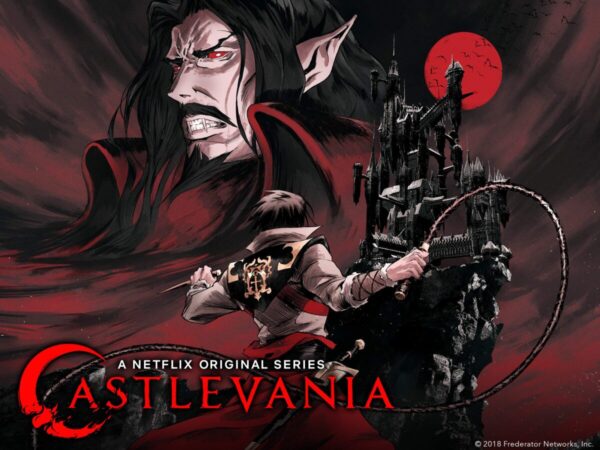
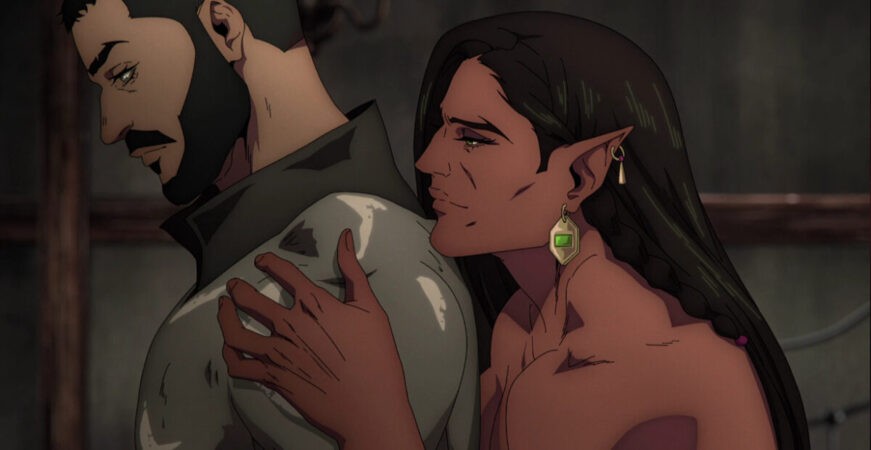

![Sawaranaide Kotesashi Kun Episode 12 [END] Featured Image](https://blog.jlist.com/wp-content/uploads/2025/12/Sawaranaide-Kotesashi-kun-Episode-12-END-Featured-Image-750x536.jpg)











